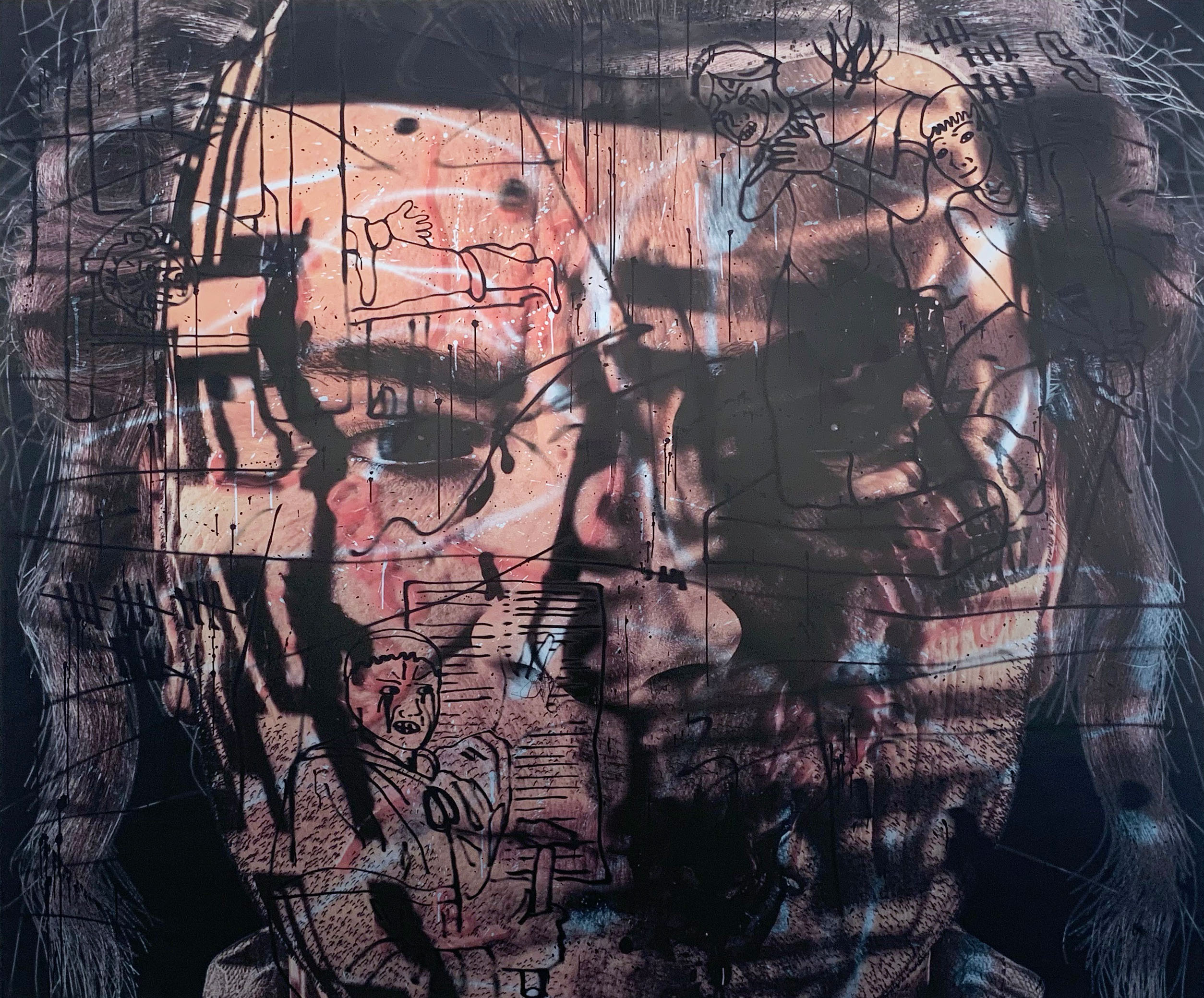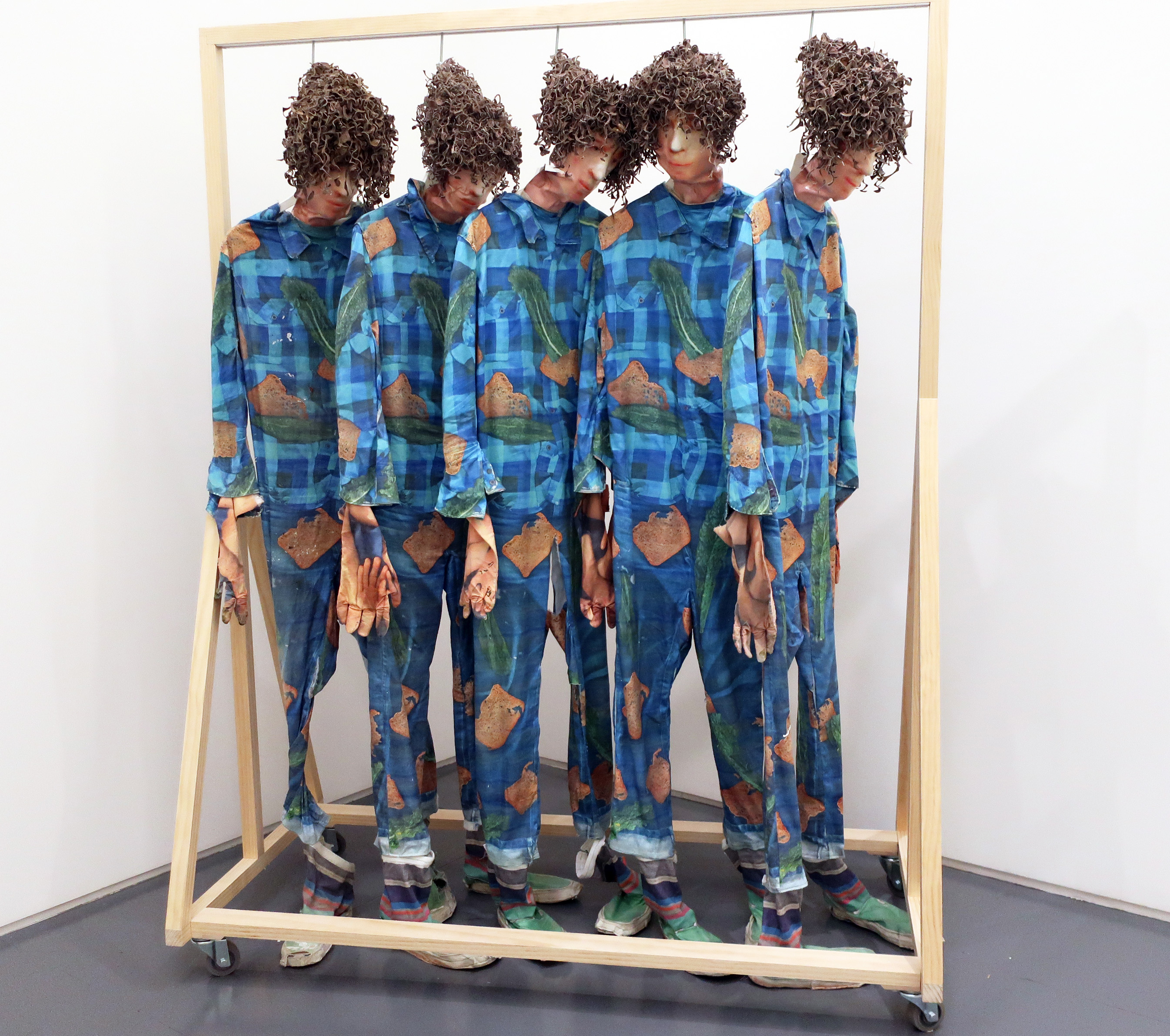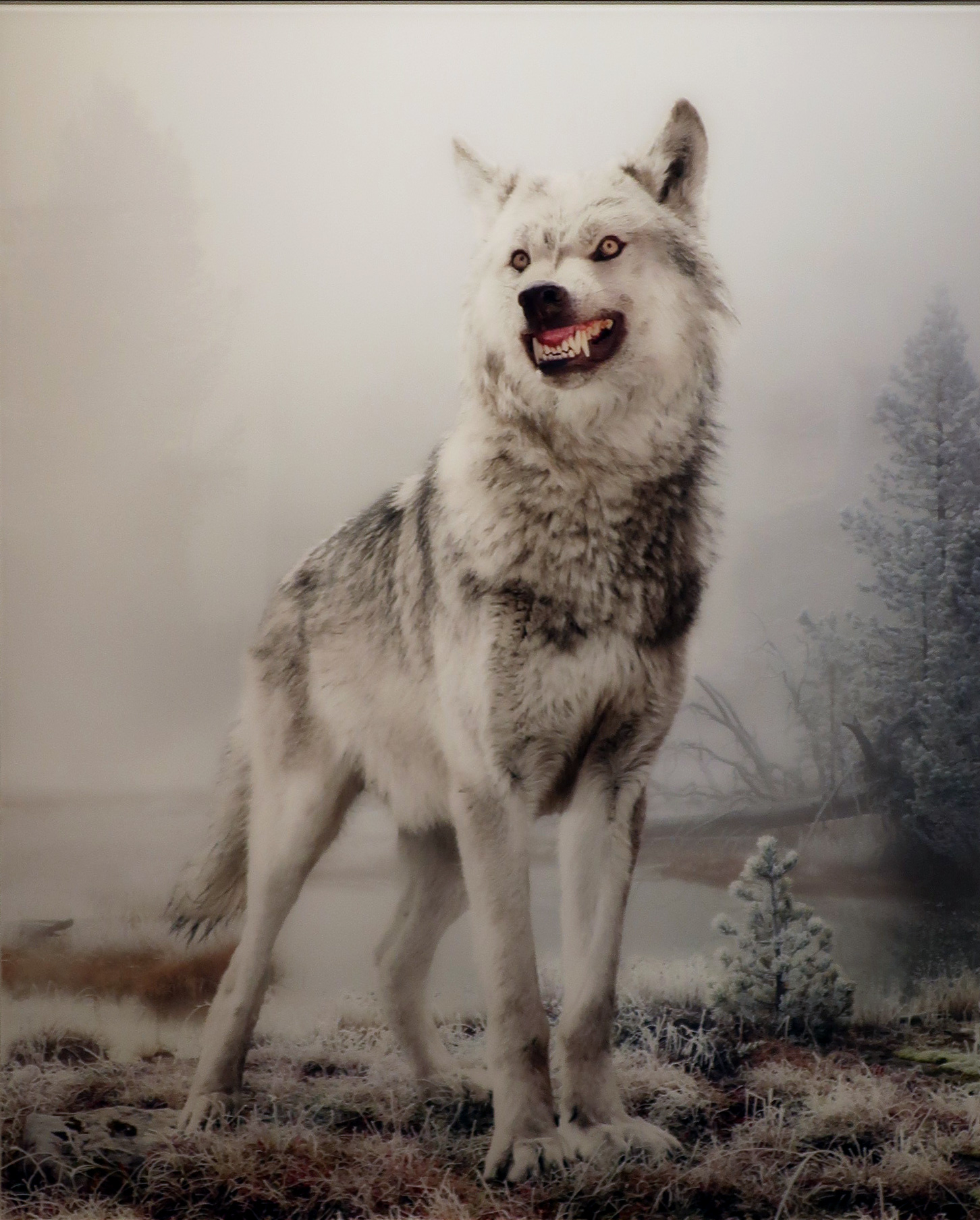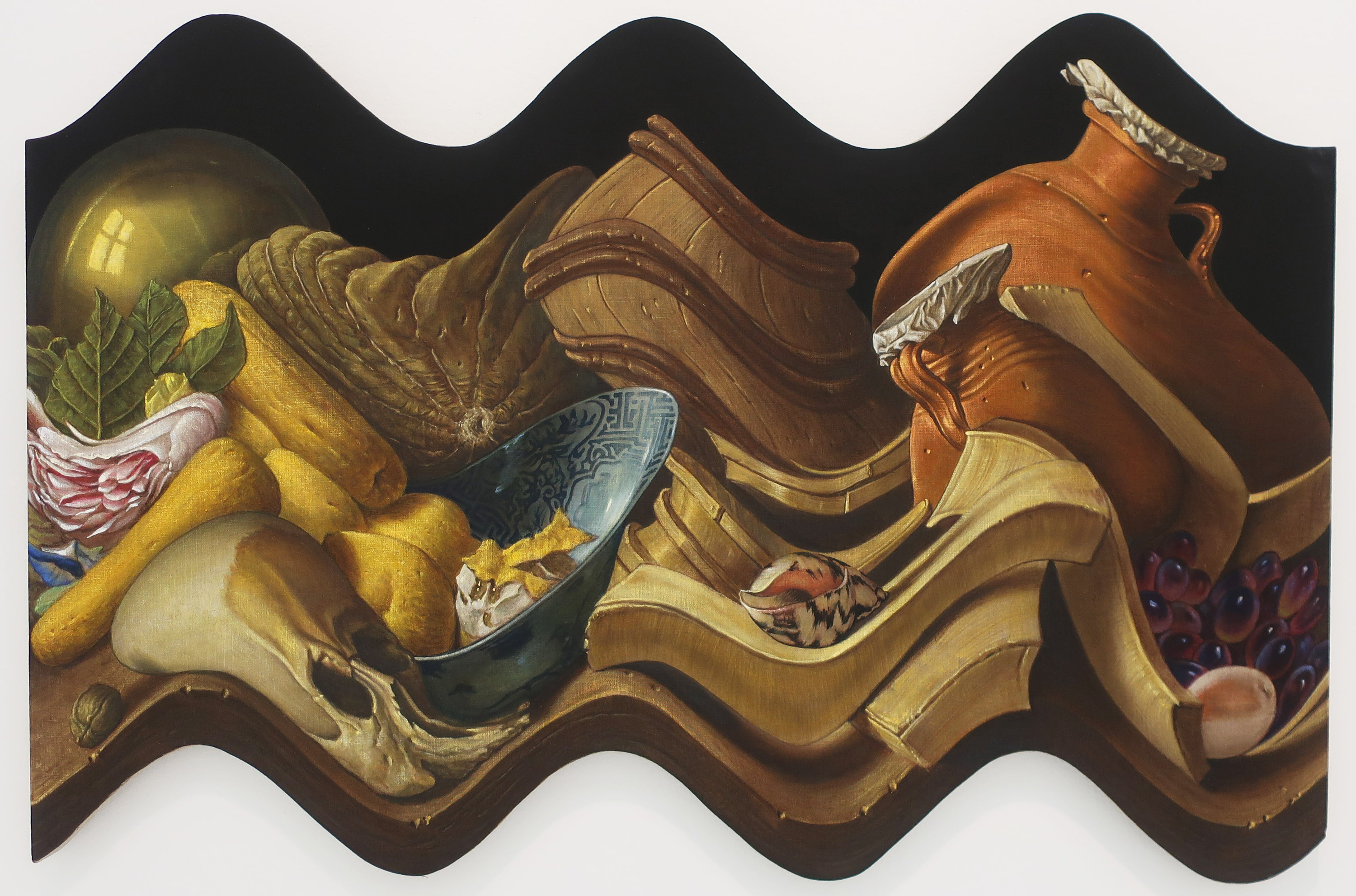Beneath an overlay of doodles depicting the Wojak meme in various iterations including Martin Luther, an executioner and a victim of the guillotine, the hulking face of Maximilien Robespierre exudes menace in Avery Singer’s painting at Hauser & Wirth Gallery. Reintroduced to the bloodthirsty leader of the French revolution’s ‘Reign of Terror’ via the game Assassin’s Creed, Singer blends adopts this oversized historical personage to consider modern-day digital expressions of violence. Titled ‘Edgelord,’ the piece draws parallels between the destruction wrought on-line today and by extreme characters of the past. (On view through Oct 30th).




